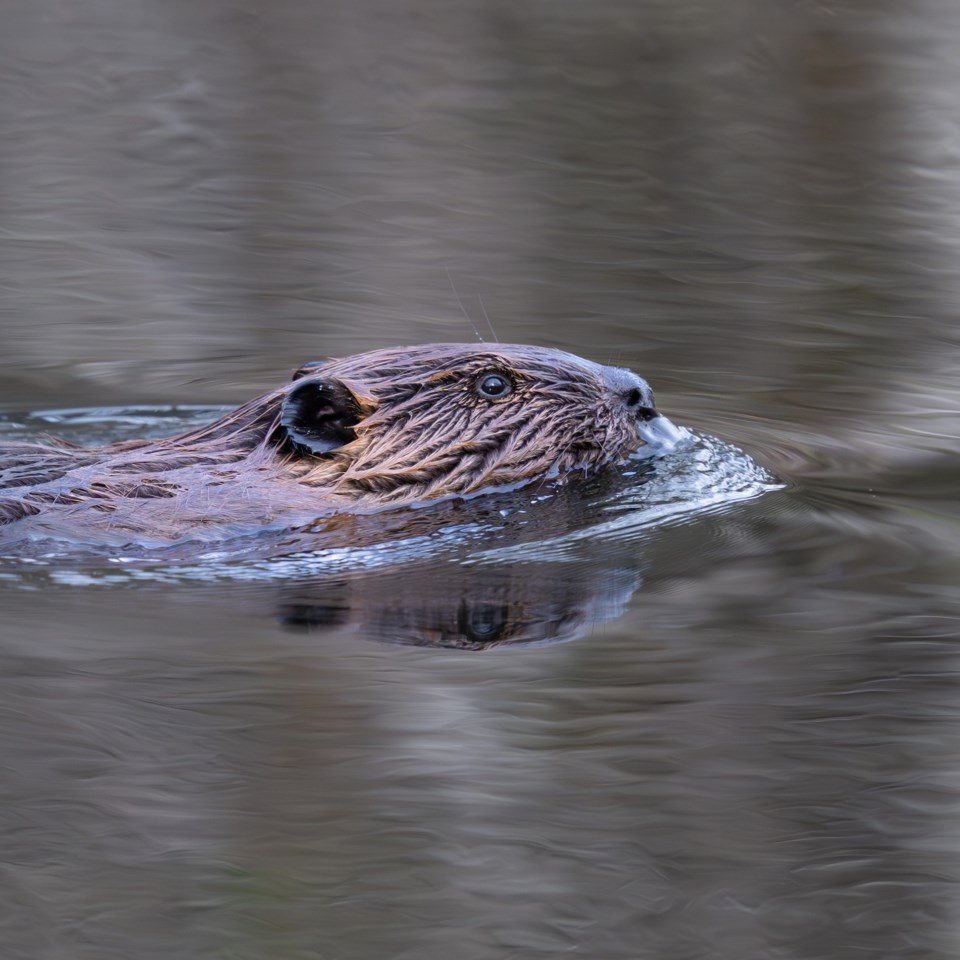Have you spotted a beaver dam around Squamish?
At first, one might think, “Oh no, is that going to be a problem?”
But actually, it’s pretty exciting.
Jennifer Rae Pierce, an expert in urban wildlife and biodiversity, has studied beaver populations and their role in city environments. In a recent conversation with The Squamish Chief, she explained how beavers are a keystone species, meaning their activities help sustain a rich, biodiverse ecosystem.
“They create environments that support a wide range of species and contribute to resilient ecosystems,” Pierce said.
“Beavers help store water in the land, which is especially crucial for drought management. They also support fish populations and enhance water quality in many cases.”
Why should we care about beavers?
Beavers are “nature’s engineers” according to the Nature Trust of British Columbia.
Their dams slow down water, create wetlands, and provide homes for a bunch of different species. Amphibians, birds, fish, and insects all thrive in beaver-made habitats.
“Beavers help store water in the land, which is especially crucial for drought management. They also support fish populations and enhance water quality in many cases.”
Living with beavers
Of course, living alongside beavers isn’t always easy.
They cut down trees and flood certain areas, which is why some landowners want them removed. But according to Pierce, relocating them doesn’t really work.
“The habitat is what attracts beavers,” Pierce said.
“Even if you remove them, more will come unless the environment is changed. Also, beaver relocation is costly and difficult because finding suitable, unoccupied habitat is rare. Beavers are territorial and will struggle to establish themselves in a new place.”
So instead of removing them, Pierce recommended simple solutions like installing water flow devices (also called “beaver baffles”).
These help maintain controlled water levels without disrupting beaver habitats.
“Beavers have a natural ability to detect water movement,” Pierce explained. “If they sense water flowing through a small opening in their dam, they’ll instinctively try to plug it. Baffles work by diffusing the flow, making it undetectable to them, so humans can manage water levels without interfering with beavers.”
Worried about your favourite tree? There’s an easy fix.
“If people are concerned about trees being cut down, they can wrap wire mesh around them or use a paint mixed with sand, which discourages beavers from chewing on them,” Pierce added.
What can the community do?
Pierce believes locals should embrace beavers instead of seeing them as a nuisance.
“People can show their support by engaging with local authorities and property owners,” she said. “Decision-makers sometimes assume the public is against beavers when, in reality, many people love seeing them and appreciate their ecological benefits.”
Some communities in Metro Vancouver have already stepped up, preventing beaver relocations through activism and education.
For Pierce, one fun way is through storytelling and social media.
“Some places have given their beavers names and even [X] accounts,” Pierce said with a laugh. “It helps people connect with them and see them as part of the community.”
The history of beavers
Beavers aren’t just important today—they’ve played a major role in Canadian history.
They were at the heart of the colonial fur trade, according to the Canadian Encyclopedia website, which fuelled economic expansion.
Today, the beaver is a national symbol.
According to Pierce, Beavers have also long been recognized in Indigenous ecological knowledge. Many First Nations see them as land stewards, showing us how to manage water sustainably.
“As a country, Canada has a complicated relationship with beavers,” Pierce said.
“They were heavily trapped for their fur, but today, they symbolize environmental restoration and resilience. Their ability to shape landscapes makes them one of the most fascinating animals we have.”
Want to spot some beavers? Head to the wetlands around the Squamish River, Alice Lake Provincial Park, or the Mamquam River.
Bhagyashree Chatterjee is The Squamish Chief's Indigenous and civic affairs reporter. This reporting beat is made possible by the Local Journalism Initiative.




